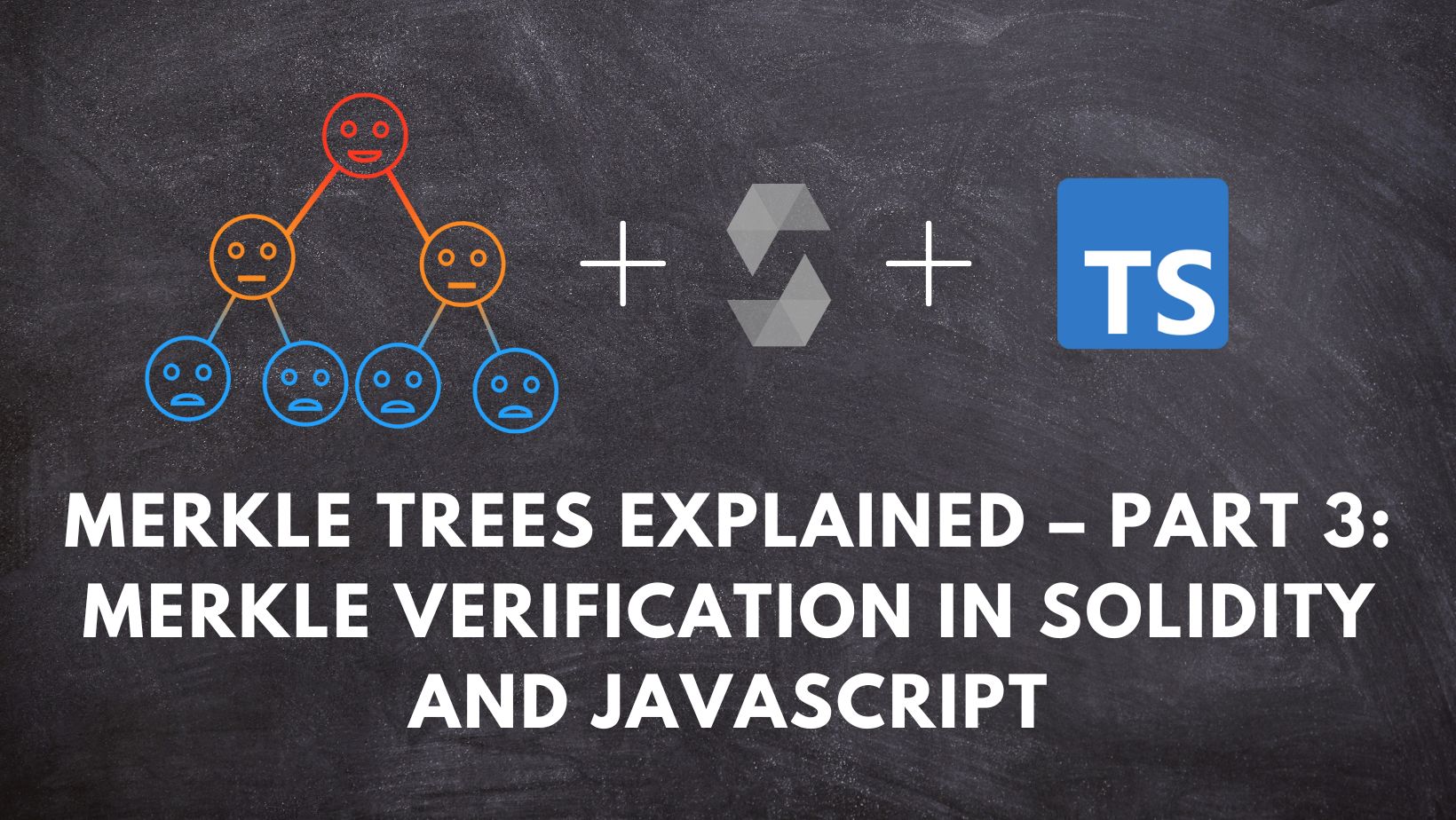Category: Ethereum
-

How to access private data from a smart contract
One of the biggest advantages of blockchains or at least public blockchains is that they are “public”. Nothing can be hidden and all the transactions are publicly visible. If you are a smart contract developer, you must have heard about the access modifier and particularly the “private” access modifier. Access Modifiers in Solidity We know…
-

Ethereum Merge From The Developer’s Perspective
Ethereum’s transition to PoS aka the merge is here. It’s been running smoothly for more than 3 days now. And it has already reduced Ethereum’s energy consumption by 99.99%. As discussed in the last article, we know that the merge is all about replacing the PoW consensus layer with the PoS consensus layer, all while…
-

The merge is coming!
The most awaited, most discussed, most anticipated “the merge” is finally happening in a few days. This upgrade is regarded as the most significant upgrade in the history of Ethereum. But, exactly what is going to happen? What entails after the merge? Let’s understand exactly what is all this fuss about, why this merge is…
-

EIP 2535: Diamond standard explained – Part 2: What are diamonds and how they work
In part 1 of this series, we tried to understand why the EIP-2535: Diamond standard is required. In short, this standard allows us to write “transparently” upgradable, flexible, modular and logically easy to maintain smart contracts. In this part, let’s understand exactly how diamonds enable all of this. What are diamonds? So following diagram represents…
-

EIP 2535: Diamond standard explained – Part 1: Why diamonds?
In this 4 part series, let’s dive deep into EIP-2535 Diamond standard and understand why diamonds, what are diamonds and how to use diamonds! One of the main USPs for smart contracts is that they are immutable. Being immutable has its own advantages by removing trust from the system. But from a developer’s point of…
-

Merkle trees explained – Part 3: Merkle verification in Solidity and Javascript
In Part 1 and Part 2 of this series, we have explored what are merkle trees, definition, concept and how merkle trees can be used to check the proof of inclusion. In this part, let’s checkout how we can perform merkle verification in smart contracts and in javascript. Merkle Verification in Smart contracts First thing…
